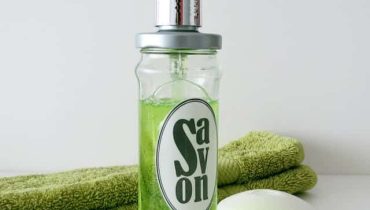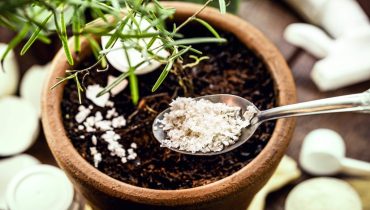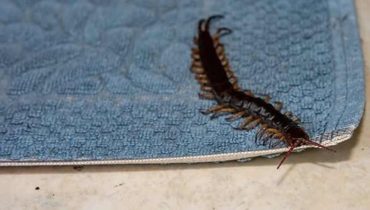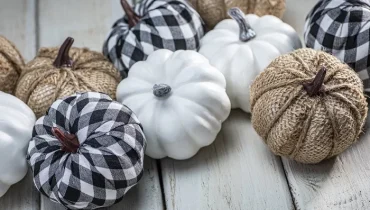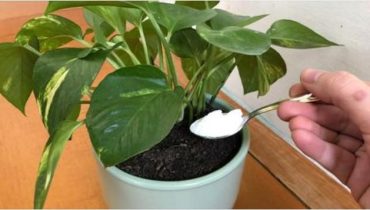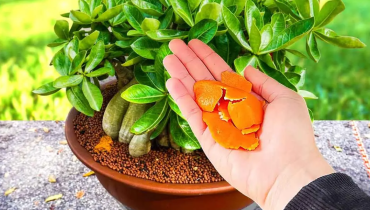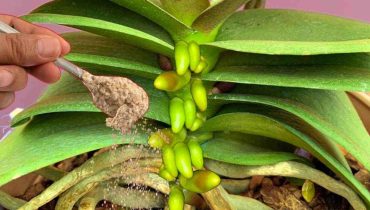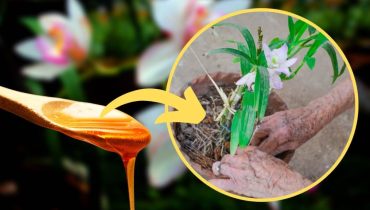Unlocking the Power of Combining Oregano and Olive Oil: Benefits and Uses
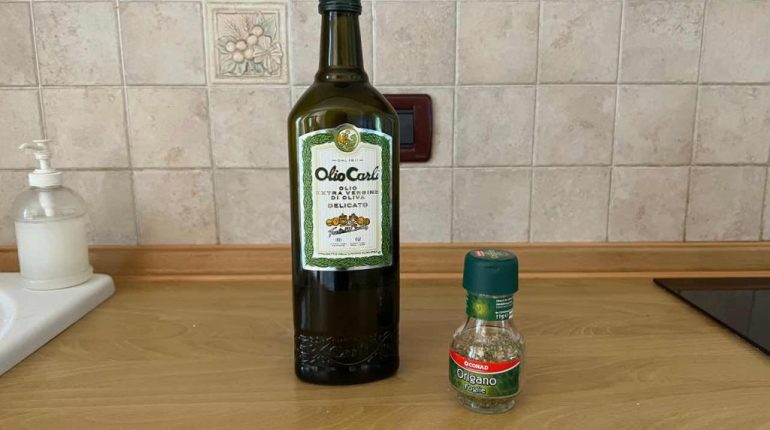
Posted October 10, 2023 by: Admin
If you combine olive oil and oregano, you will obtain a unique product to use abundantly. Repeat this every month and use it as we will instruct you.
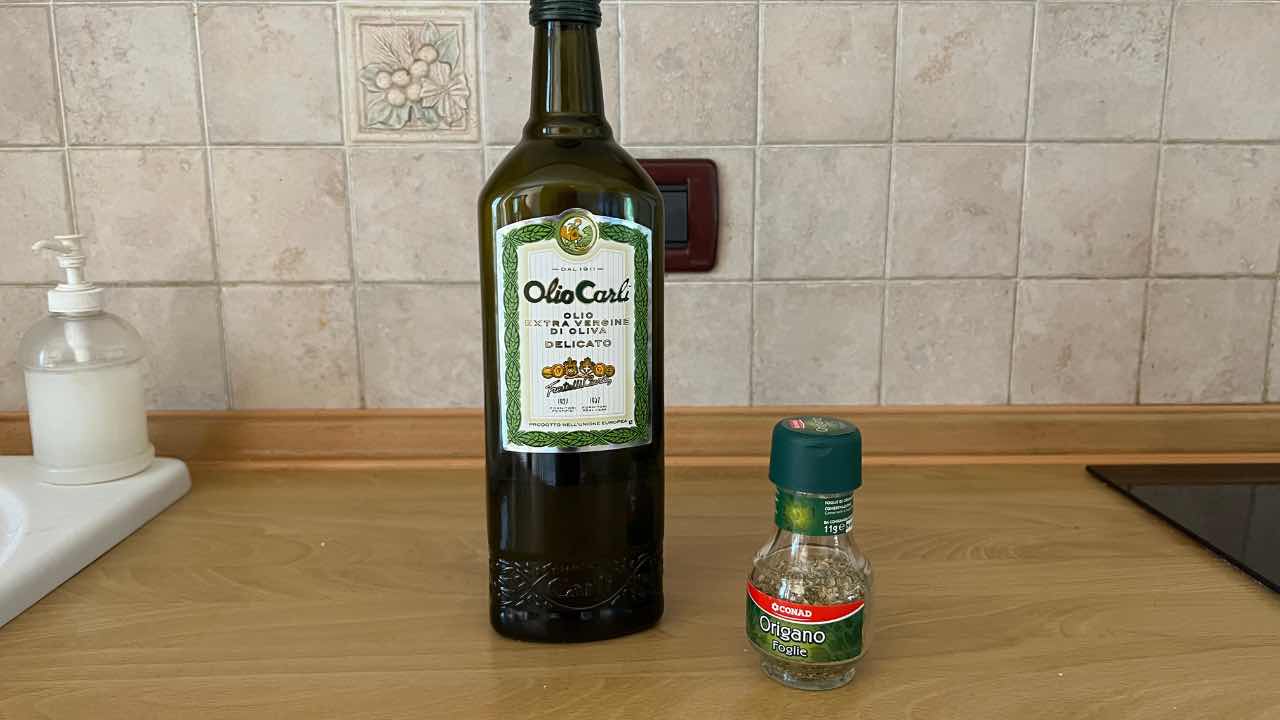
Oregano and olive oil are two staples of Italian cuisine. They are typically used in cooking but can also be employed differently. In fact, you may not imagine it, but these two ingredients combined work wonders. They possess numerous beneficial properties.
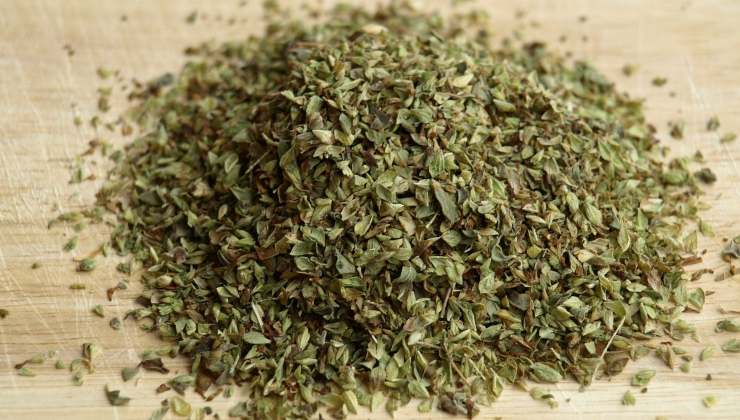
By combining these two, you will create a truly unique oil with numerous properties, and it’s straightforward. Below, in the following paragraph, we will explain how to make it, and later, we will discuss how to use it and what its various properties are. Keep reading to learn more.

Oregano and Olive Oil: How to Combine Them
As we mentioned today, you will only need two ingredients: oregano and olive oil. It’s important to note that these two ingredients together offer great benefits. In fact, they were also used in ancient Greek and Roman times, primarily for medicinal purposes. Today, oregano oil is used for physical well-being.
To make oregano oil, all you need is to have these two ingredients at home. You can use fresh or dried oregano. If using fresh, you will need a sprig; otherwise, a half teaspoon of dried oregano is sufficient. Next, you will need a glass of extra virgin olive oil (100 ml).
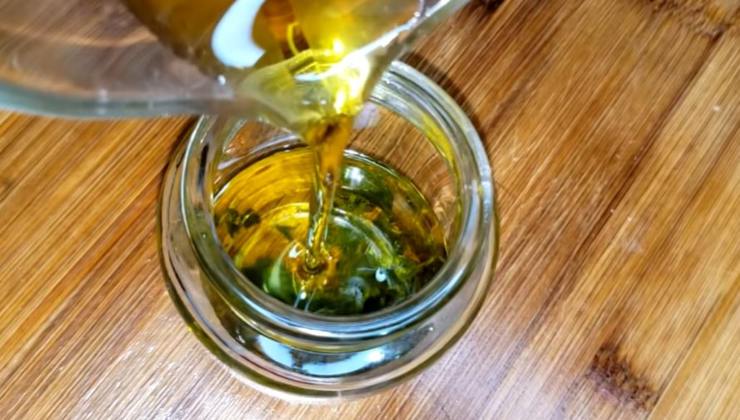
If the leaves are fresh, you will need to use a mortar to crush them. After obtaining a clear and juicy paste, transfer it to a glass jar with a lid. Add the oil and seal it. Store in a cool, dark place for about 15 days. After this period, strain the oil.
You will now need to filter it before use. Place it in a well-sterilized container and store it in a cool, dry place. Do not leave it for too long, and repeat the process if necessary as it takes very little time. Below, we’ll explore how to use it.
The Beneficial Properties of Oregano Oil
Oregano oil boasts numerous properties, including antioxidant, antifungal, antimicrobial, anti-inflammatory, antibacterial, antiseptic, and carminative. These two fatty ingredients yield excellent results for skin conditions, menstrual cramps, and fungal or other infections.
How to Use This Natural Product
There are various ways to use oregano oil, especially for various remedies. In fact, its usage varies depending on the purpose it serves. Let’s first look at the different purposes for which it can be used:
- Treating asthma or bronchitis: it clears the airways;
- Digestion: it can be ingested and promotes digestion by stimulating gastric juice secretion;
- Beauty oil: it purifies the skin; Contrasts imperfections: also excellent for massaging cellulite;
- Pain relief: oregano oil soothes muscle pain;
- Infections: thanks to its antifungal and antibiotic properties, it is highly effective, even against urinary infections.
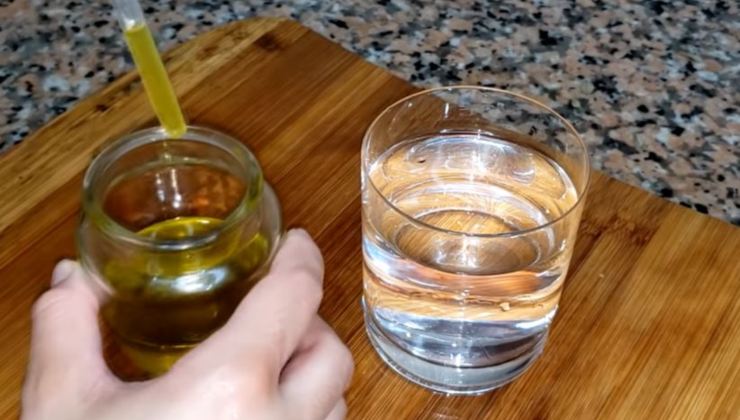
It can be used in different ways. Here are some methods of using it:
- Suffumigation: or take a pot of boiling water and add a few drops of oil. Ideal for clearing the airways;
- Aromatherapy: Helps purify the home. For example, it can be placed in a humidifier radiator or used to create an aroma in rooms;
- Ointment: In this case, simply mix a few drops of oregano oil with another oil and massage it into the skin. Excellent in this case for pain relief, cellulite, and facial skin;
- Food use: as mentioned earlier, it can be ingested. It aids digestion, but be careful not to overuse it. A few drops are sufficient, dissolved in a teaspoon of sugar after meals.
All you have to do is try it.



